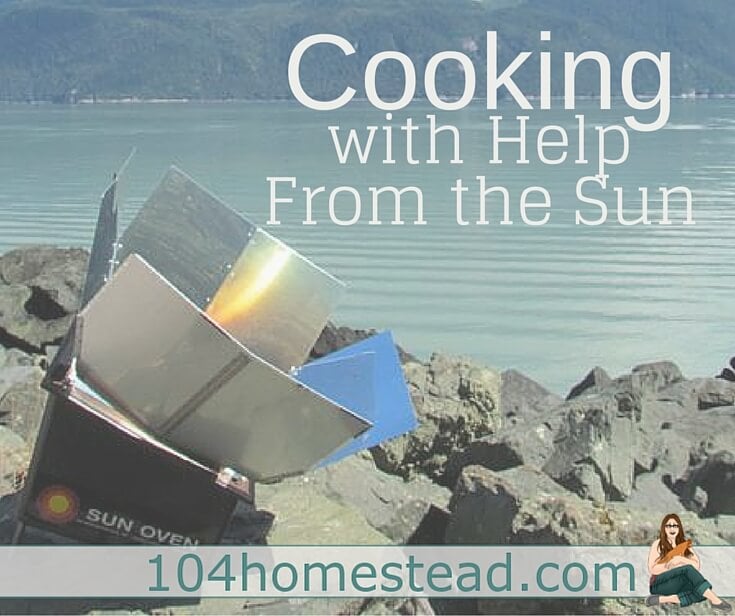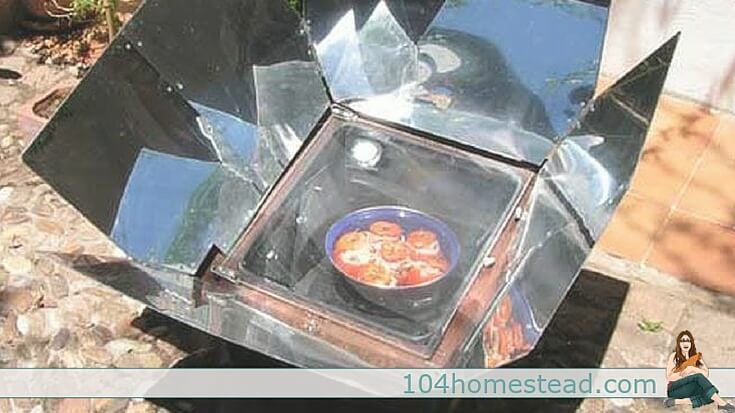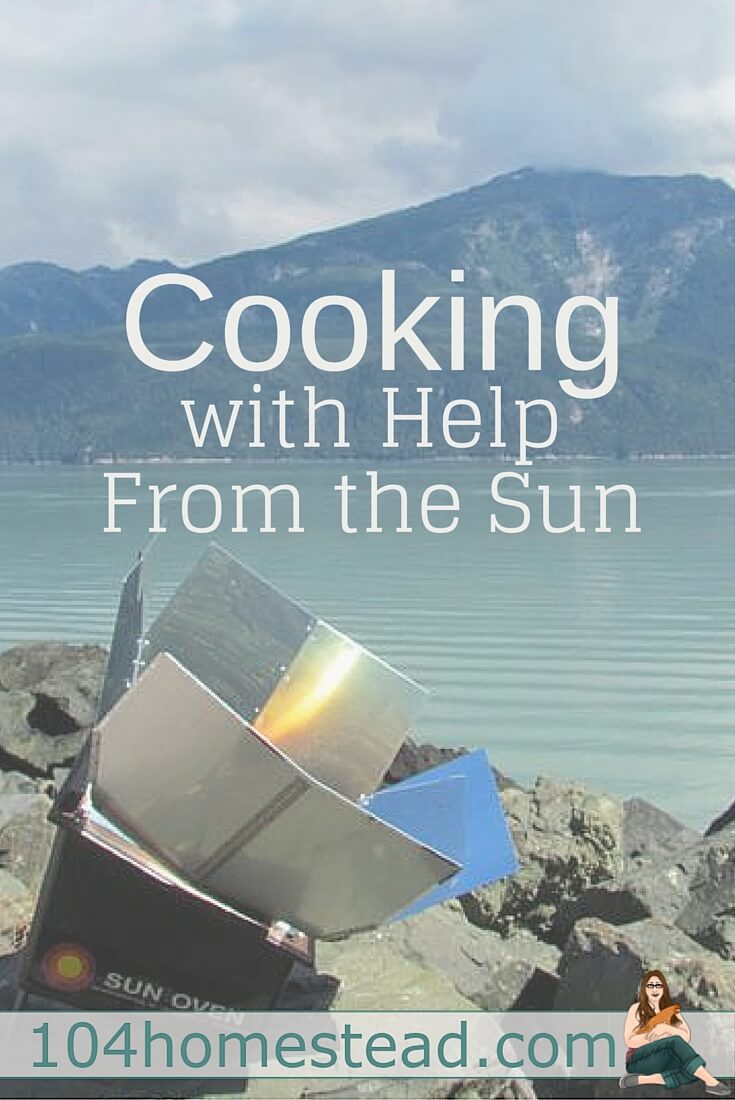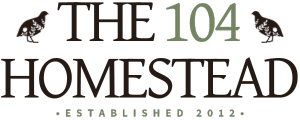Cooking With Help From the Sun {Solar Cooking}
Recently, I’ve had reason to reconsider an important homestead tool: the solar oven.
Our family has made solar ovens in the past from cardboard boxes and aluminum foil. Such a tool made a great Boy Scout or grade school science project when I was young, a curiosity or home school activity more recently. We built devices that could at least warm leftovers on a very sunny day, but never produced anything sturdy enough to last, nor worthy of preservation for repeated use. I all too readily accepted the conventional wisdom that Alaska’s high latitudes made solar cooking all but useless, a tool better suited to sun-drenched states in the Lower 48.

That changed when we learned of a secondhand, professionally built solar cooker, the Sun Oven® in town. We considered the price reasonable enough to try it. That may have been our best decision this year.
The Sun Oven®
The Sun Oven’s simple construction insulates the baking box, offers fold out reflectors to direct heat into the box, features tilt adjustment for optimum solar collection, and a gimbaled tray to level the baking dish. One can adjust the angle of the oven for maximum exposure to the sun. It generates heat efficiently. In our area, near Latitude 60, we generate as much as 350º F at midsummer.
Most homemade solar ovens seem to generate around 250º F maximum temperature. That’s plenty of heat for solar cooking, but we appreciate the higher temperatures the Sun Oven generates. We bake and cook full meals with it, or warm up leftovers easily. We can even use it to season our cast iron cookware.
Saving Energy with Solar Cooking
Each time we use the Sun Oven, we benefit from free solar heat. Heat generation represents the highest expense in terms of fuel. Electric heat uses a lot of energy, which is why most off-grid planners recommend reducing or eliminating such commonly used conveniences as hot plates, curling irons, and hair dryers. Wood stove cooking consumes wood that must be hauled, chopped, and stacked even if it doesn’t need to be purchased. Propane costs eat into family budgets and must be hauled to the homestead.
Cooking With the Sun
More importantly, using solar cooking frees us of much meal preparation time and effort. Very little moisture escapes the Sun Oven during cooking. The literature claims that it’s impossible to burn food in the Sun Oven. I’m fully confident I’ll test that claim one day, but so far, I’ve managed to do little more than accidentally dry a few dishes too much. This moisture retention and the relatively low cooking temperatures allow us to “fix and forget” meals.
When the sun shines, we generally set up the oven first thing in the morning to let it warm up. Then we think of something to put into it. If we don’t warm up leftovers, we put together a dish and stick it in before beginning that day’s work. By lunchtime, the meal’s ready. No one has to knock off work early to go make a meal, the solar oven takes care of that while we work. To maximize heat, we may work near the oven so we can turn it into the sun as it advances across the sky. Normally, setting the oven up roughly half way between where the sun stands at the moment, and where it will be about noon provides all the heat necessary.

In summer, we often have enough daylight to make lunch and dinner in the oven before the sun passes too far west to shine on our beach, under the east-facing ridge.
What if the sun isn’t shining?
Living in a temperate rain forest doesn’t allow us to use a solar oven every day. However, we’ve learned to use it to augment our heating needs. On a hazy or cloudy day, I can insert a pot of water. By day’s end, I’ll either have wash water, or at least a start toward it. Finishing the process on the propane stove reduces the total time and fuel needed to bring it to a proper temperature.
We also use our heating choices to improve efficiency from one to the other. Preheating a pan on one source before transferring it to another for finishing helps.
These half measures generate incremental savings around the homestead, stretching our resources further. Every moment of free heat saves fuel for the other sources.
We won’t get to do as much solar cooking during the winter. On the Winter Solstice, we’ll see about 20 minutes of low angled sun at mid-morning. Most winter days will be too cloudy for any serious cooking. By then, we’ll have daily fires in the wood stove. Many meals will heat on it instead of the propane stove, continuing our savings through the darker months of the year.
We acquired our solar oven last April and immediately began cooking full meals with it. We have enough sun to make meals even now, in October, although our days grow increasingly dark and our weather cloudier. The solar oven may go largely unused for a few winter months, but we’ll see savings and convenience in most of the rest of each year.
Our secondhand Sun Oven is first generation model. A newer, improved version exists. One can easily find instructions for building a solar oven online or in books. A well-constructed unit can serve almost any homestead well for many years to come.
For essays on specific dishes, like mushroom vegetable roasts and baked fish “à la soleil,” visit The Zeiger Family Homestead.

